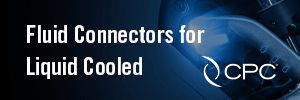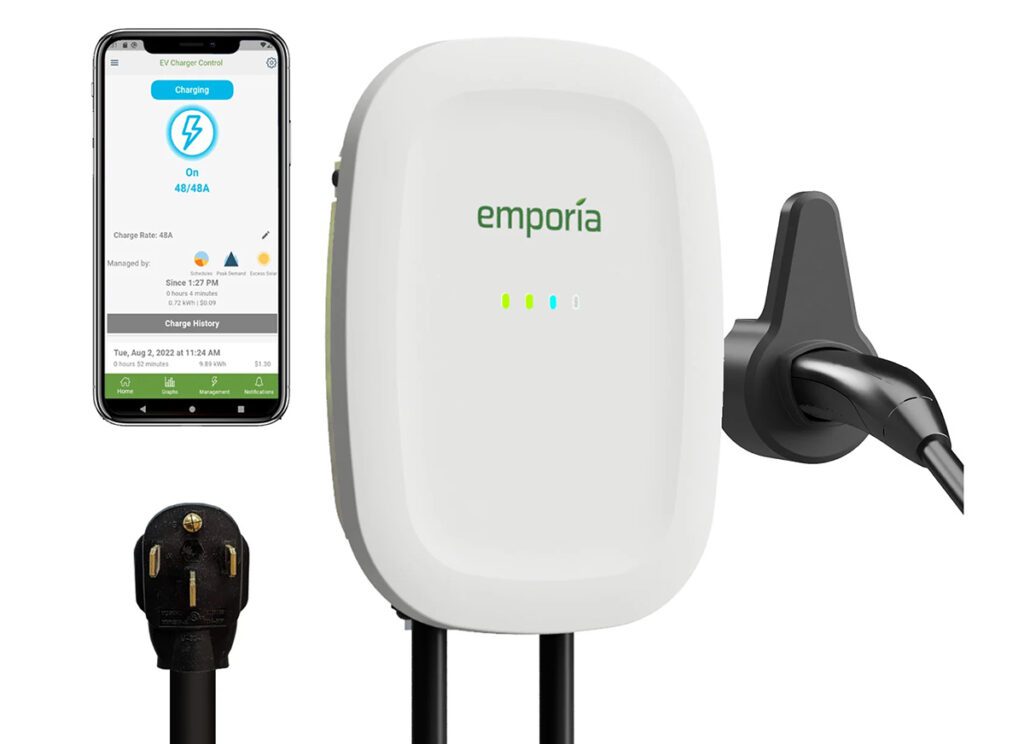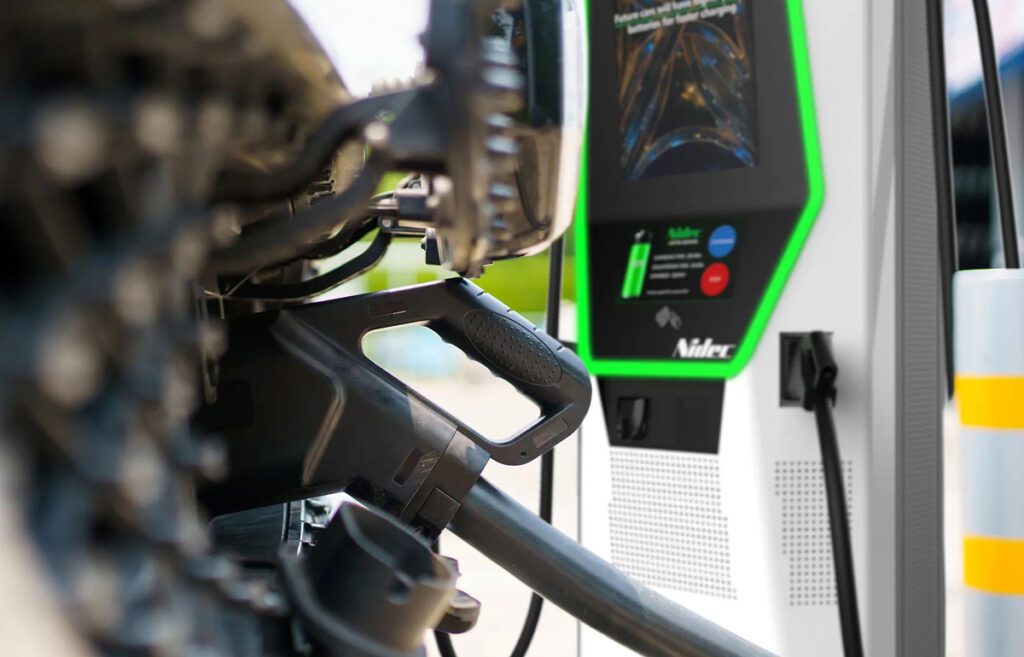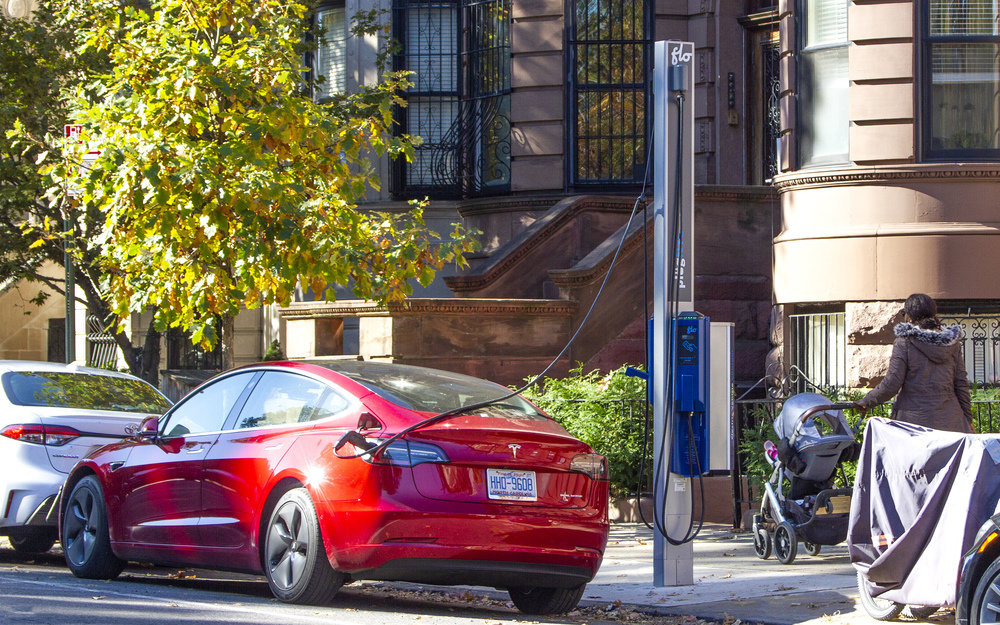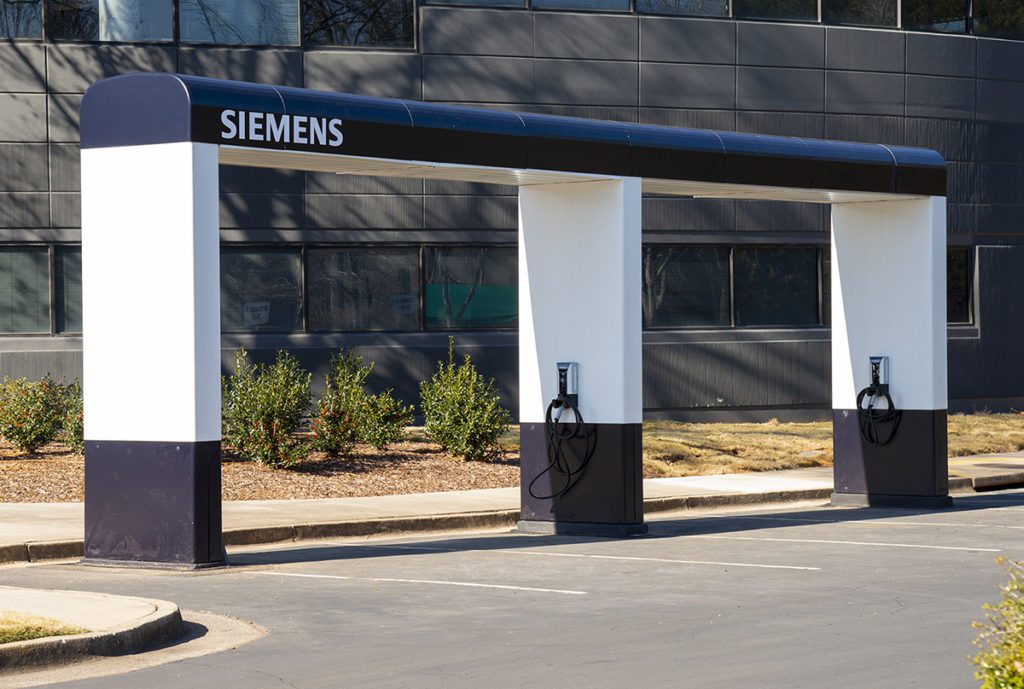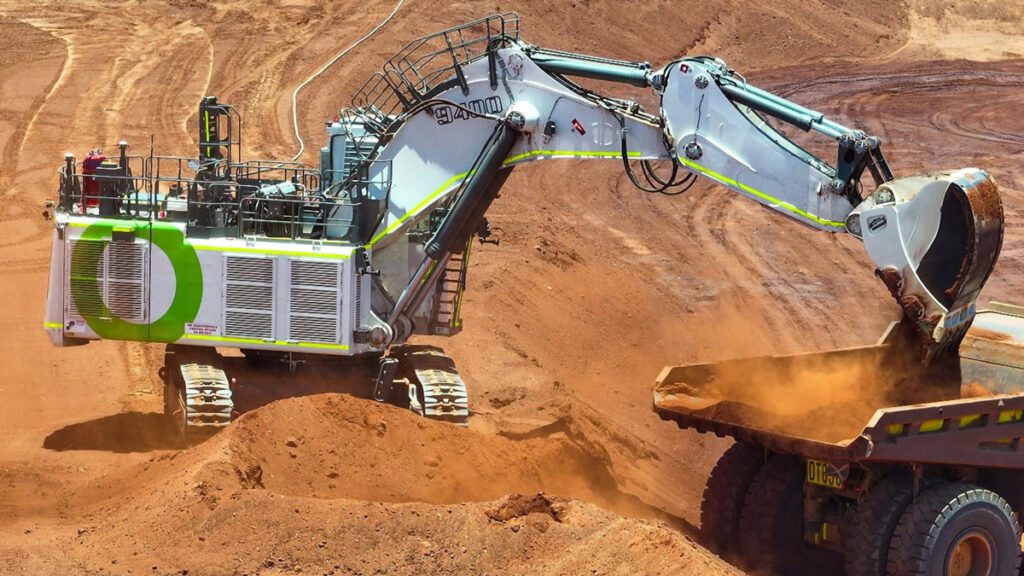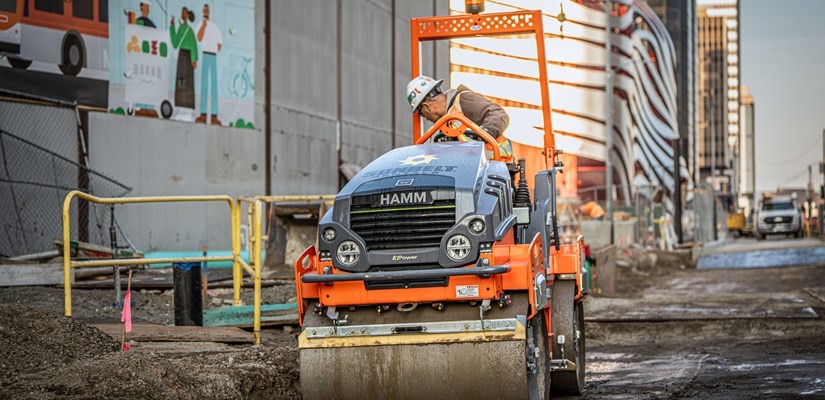It is by far the largest fast-charging network in Europe, and the largest single project of its kind in the world.
Estonia, a small nation on the Baltic Sea, has seen something of an economic miracle since it broke free of the Soviet Union in 1991. Today, it’s a member in good standing of the Eurozone, and has the highest per-capita GDP of any of the former Soviet republics. It scores near the top in international rankings of political freedom, press freedom and education. Estonia is known as one of the most Internet-savvy countries in Europe, and its government has often been praised in the international business press for its enterprise-friendly policies.
Recently, the Baltic tiger inaugurated a new technological and economic showpiece: the world’s first nationwide network of DC fast chargers for electric vehicles. It is by far the largest fast-charging network in Europe, and the largest single project of its kind in the world. Its only rival is in much larger Japan.


At that time, the Great Recession was in full swing, and budget cuts were the order of the day, so the project was put on hold. When Tuisk got the green light to proceed in late 2010, he assumed that Estonia would be a follower in the field, because everyone in Europe in those days was talking about building an EV ecosystem. As things turned out, Tuisk and company acted while others talked, and Estonia has become an EV pioneer.
“What we did differently from other European states was that we decided to focus on quick-charging technology, and do it nationwide, so that every future EV owner would feel the same safety and security as a regular car owner. They can drive anywhere in the country; that was the vision that we had.”
A fortunate combination of history and international diplomacy got the project off to an excellent start. Estonia happened to get a particularly good shake out of the Kyoto treaty, which limited carbon emissions – each participating country was given a quota, based on emissions in 1991. At that time, Estonia had a lot of Soviet-style heavy industry, and carbon emissions were high. During the economic restructuring of the 1990s, emissions were reduced significantly, and the country ended up with a lot of credits to trade.


The Estonians opted to go for a turnkey solution, with a private consortium building, installing and operating the chargers, and put the project up for bids. There were several international bidders, including Ericsson and Hitachi, but the planners decided that ABB’s proposal was the most technologically advanced. Tuisk noted that the company had been making bold moves to acquire the latest and greatest in fast-charging technology, often by acquiring innovative startups.
The project that ABB won was a very complex one, as the government decided not only to outsource the manufacturing and installation of the chargers, but also the operation of the network for five years. The government selected the locations, arranged the building permits, built concrete pedestals and ran electrical connections for the charging stations. ABB had to custom-design a charger to the Estonians’ specifications, which called for a very advanced and robust system, as Rob de Vogel, Director of Special Projects for ABB’s EV Charging Infrastructure Group, told Charged.
The network consists of 165 identical chargers. They conform to the CHAdeMO standard, and each features a 50 kW DC and a 22 kW AC outlet. All are connected via a GSM network to a backend system that includes online payment, extensive monitoring, and a 24-hour help desk. In addition to the public network, ABB manufactured and installed 500 Level 2 chargers for the social workers who are using the i-MiEV fleet.




It seems that even business-friendly Estonia has its share of bureaucracy to deal with, for getting the building permits and complying with a maze of local regulations turned out to be quite a scene, and it took KredEx a few months longer than anticipated to get the pads poured. Also, the local weather is always a factor in this part of the world. When temperatures drop to 30 below, it simply isn’t possible to do the installation work, and a missed time slot can result in long delays. In fact, at the time of the formal opening ceremony, there were still about 12 chargers yet to be installed, according to Mr de Vogel.


The system is flexible, so the operators will continue to experiment with different pricing options. New payment schemes – for example, a discounted rate for off-peak times – can easily be introduced on the fly.
As impressive as the new network is, the Estonians realize that it’s only part of a complete EV ecosystem, so they are taking a comprehensive approach. The government offers very generous incentives for buyers of new EVs – up to 18,000 euros, or 50 percent of the car price – and grants of up to 1,000 euros for the installation of home chargers.
“Our idea is that you have to bring the price of an EV down to a similar level as an ICE, because people are still afraid of the technology,” said Tuisk. “They are worried about how long the battery will last, what the residua value of the cars will be – very practical, pragmatic questions.”


It’s too early to tell if the new network will spur a buying spree. February’s EV sales were triple or quadruple those of a year ago, but that doesn’t mean much. The car buying season in Estonia starts in spring, so what happens in April and May should give a clearer picture of future sales.
At the moment, only a few plug-ins are available in Estonia like the i-MiEV and the LEAF. Getting OEMs to make EVs available in this corner of Europe is a challenge, and the government has been using a little friendly persuasion. For an automaker, introducing a new model in a new market requires a certain amount of investment in dealerships, and for an EV that amount is even greater, as service personnel need to be trained, and new equipment needs to be installed. These costs have to be balanced against the number of plug-in cars a company can expect to sell in a country of around 1.3 million people. Tuisk’s team took a year to convince Nissan that there is a future for EVs in Estonia, and has also been working on GM. The Opel Ampera is expected to arrive this spring.


Another long-term goal is to build up applications for the reuse of EV batteries, such as integrating them into distribution grids as power storage. As Tuisk sees it, getting more value out of EV batteries should improve the resale value of EVs. “If you can guarantee future applications for batteries, then the TCO of an EV is much better for the owner.”


There are also projects underway in several corridors in Germany. ABB’s de Vogel notes that these are hampered by the fact that German OEMs have decided not to use CHAdeMO, but to implement their own new charging standard. ABB has introduced a combo charger that offers both plugs in one box, and has announced that it will be available this year. “We are involved in several pilots and demos in Germany, and we expect that to happen more or less as it has in Estonia.”


